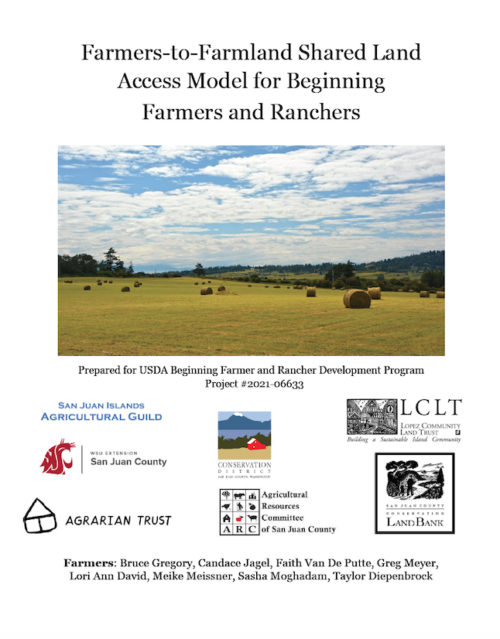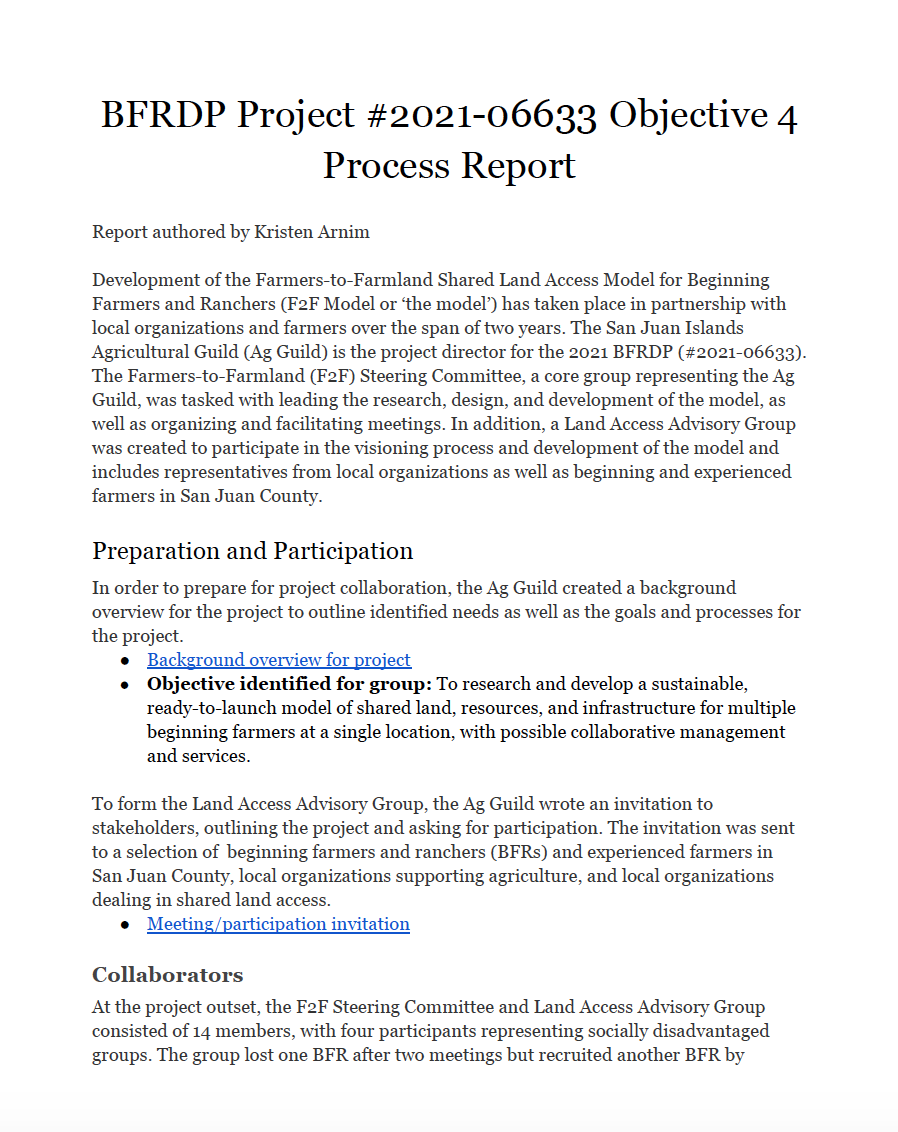Shared Land Access Model Report
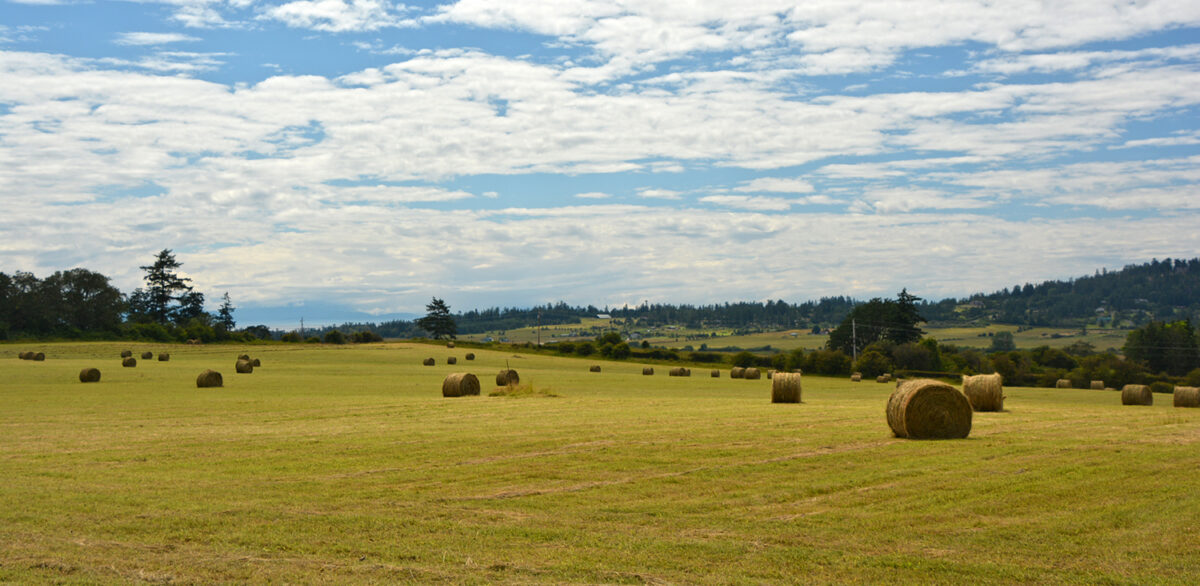
Farmers-to-Farmland: A Shared Land Access Model for San Juan County
The Challenges
Given the high cost of land and the prevalence of existing farmers reaching retirement age, the San Juan Islands community is seeking a way to connect beginning farmers to land and resources.
There are prime agricultural soils on public and private land throughout San Juan County (SJC), much of which is not currently farmed. Landowners may be unable to farm themselves or may be understandably reluctant to lease their land, taking on the risk that entails. Management and oversight of farm operations can be complicated and time consuming, especially in cases of multiple farmer-tenants or beginning farmers.
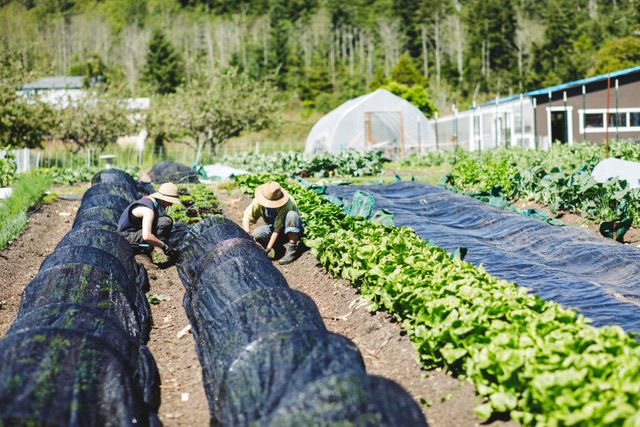
The Model
In response to the challenges, a model for land sharing and collaborative land management has been developed by stakeholders from across the San Juan Islands (USDA grant project BFRDP #2021-06633).
The Mission
The mission of the Farmers-to-Farmland Shared Land Access Model for Beginning Farmers and Ranchers (F2F Model or ‘the model’) is to increase the success of beginning farmers in SJC through shared land access, resources, infrastructure, and collaborative support. The model creates architecture to support beginning farmers on land leased to multiple tenants and managed by an overseeing organization. The F2F Model is designed to be replicated within SJC and by other communities facing similar challenges.
How it Works
The F2F Model sets up a system where an intermediary entity works with landowners and farmers to utilize and manage agricultural land. The entity holds a ground lease to establish a site for the program and subleases to multiple beginning farmers who will farm the shared land. The intermediary entity could be an existing nonprofit, a new nonprofit, or any combination of partnerships.
The F2F model offers a plan for a shared land access program including:
- Governance
- Site Assessment
- Lease Tools and Elements
- Management
- Outreach
- Program Evaluation
- Replication of the Model
Per the model, governance and oversight of the program will be provided by an advisory board consisting of the management entity, beginning and experienced local farmers, representatives from partner organizations, and members of the community.
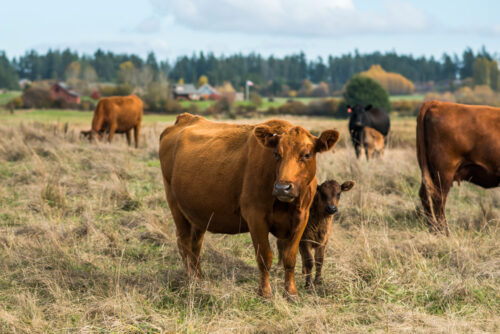
Next Steps – A Pilot Project
To put the model into practice, the San Juan County Agricultural Guild (Ag Guild) is proposing a pilot project, with the Ag Guild serving as the intermediary organization holding a ground lease and managing farmland for sublease to multiple beginning farmers. The Ag Guild acted as project lead in developing the model and has established relationships with multiple organizations providing agricultural services throughout SJC, has the ability to provide stability and longevity as farmers come and go through the model’s program, and can serve the entirety of the county.
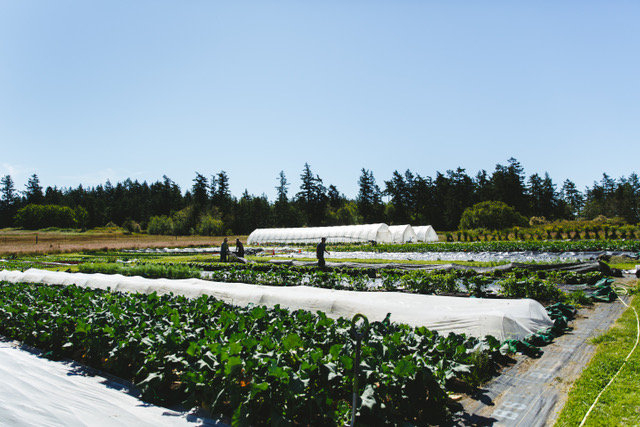
Conclusion
For farming to continue in San Juan County, we must actively cultivate our next generation of farmers. The Farmers-to-Farmland Model will help do this. Implementation of the model will provide lease opportunities and access to resources for beginning farmers in SJC. The model will jump-start beginning farmers using a support system that draws upon the experience and resources of project collaborators and syncs with other agricultural services. The model will put agricultural land in SJC to use, strengthening our economy and increasing food security in our community.

To learn more, please email director@sjiagguild.com.
Funded by USDA NIFA Beginning Farmer Rancher Development Program.
